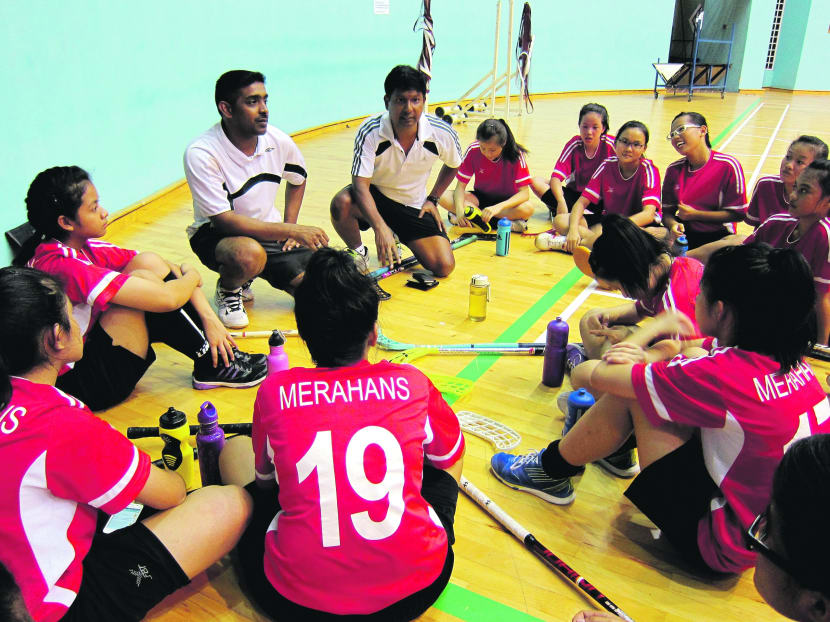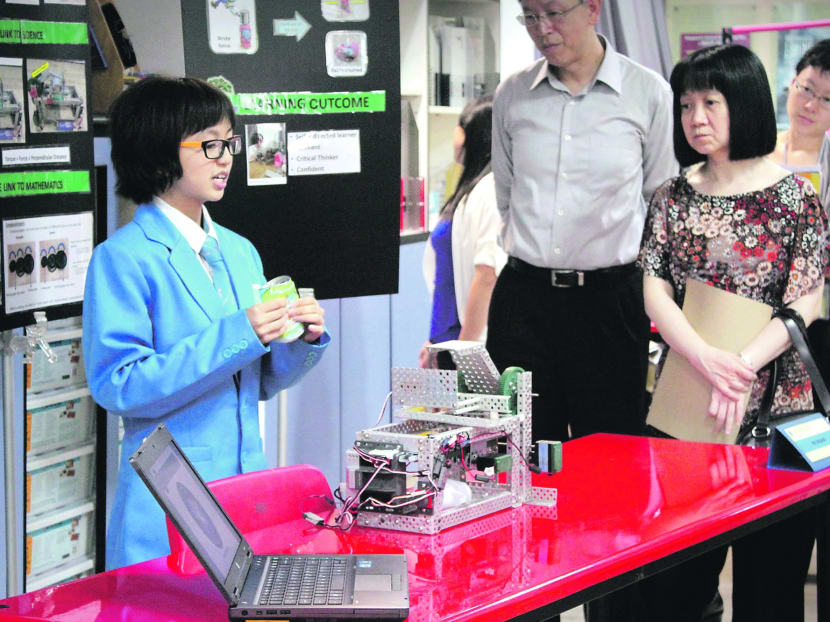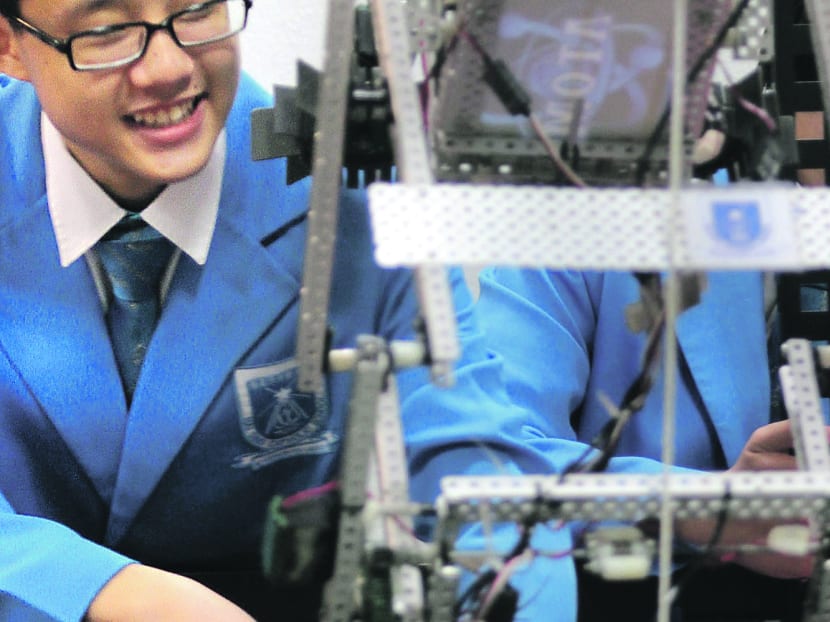Schools welcome more MOE support for niche programmes
SINGAPORE — As educators welcomed the Ministry of Education’s (MOE) new programmes to further support secondary schools in building their niche areas — such as in robotics or the arts — it remains to be seen whether parents can look past school cut-off points and academic records.



SINGAPORE — As educators welcomed the Ministry of Education’s (MOE) new programmes to further support secondary schools in building their niche areas — such as in robotics or the arts — it remains to be seen whether parents can look past school cut-off points and academic records.
Currently, 73 per cent of the secondary schools have niche programmes, since the push for such programmes was introduced in 2005.
Yesterday, the ministry said it will support all secondary schools to each develop an Applied Learning programme and a Learning for Life programme by 2017.
For many schools, this may involve broadening of existing niche programmes. “Schools have generally done well in building their niches but the level of outreach of their niche programmes could be to a targeted group of students and not for all students,” the MOE said.
Applied Learning programmes will emphasise the application of thinking skills and connecting knowledge across subject disciplines. Such niche areas could include business and entrepreneurship, design, robotics and journalism.
Learning for Life programmes will focus on real-life experimental learning to develop students’ character and values. These niche areas could include outdoor adventure, sports and visual arts.
Announcing the programmes at MOE’s work plan seminar yesterday, Education Minister Heng Swee Keat said: “The focus is not on the activities per se, but to broaden and deepen the students’ learning, in authentic settings that can further challenge them to grow and develop.”
The MOE will also tweak its School Excellence Model — an internal tool for schools to assess their practices — to encourage schools to design “student-centric programmes” and create “distinctive schools”, he said.
Bukit Merah Secondary School Principal Sim Chong Boon welcomed further support from the MOE, saying it would help the school build its niche area, floorball.
For example, to bring students’ learning to the next level, the school is exploring working with community partners to provide opportunities for our students to teach the game to younger children, he said.
A teacher who did not want to be named said that niche areas are a bonus but their success can be hard to measure. “Parents can explore beyond academics for their children but I don’t think niche areas play a big role because parents still look at results (at the) end of the day,” she added.
Mdm Tan Swee Ghim, 51, the mother of a Primary Six student, agreed. “Niche areas in schools are good, but results are still important because in the end, (my daughter’s) results for O-Levels will determine where she continues her studies in future, be it JC or poly.”
The MOE said it will provide support to schools and link them with industry partners, government agencies and post-secondary education institutions.
For example, the Singapore Science Centre will partner 40 to 60 secondary schools to help them design Applied Learning programmes in the area of sciences, mathematics and technology. It added that these programmes “are not meant to be examinable subjects”.
“Schools can take a blended approach in delivering these programmes, where some components are offered as enrichment modules outside curriculum time while other components are infused into the learning of related subjects within the curriculum time,” it said.






